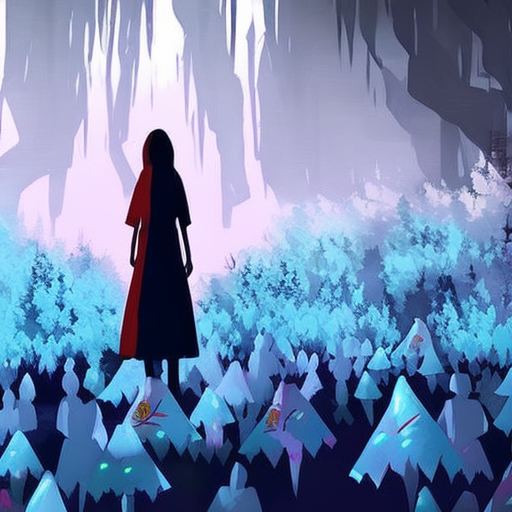Summary:
Sadako and the Thousand Paper Cranes is a heartwarming and inspiring true story about a young girl named Sadako Sasaki who develops leukemia as a result of the atomic bomb dropped on Hiroshima during World War II. Determined to survive, Sadako embarks on a mission to fold one thousand paper cranes, believing that it will grant her a wish and bring her health and happiness. Through her journey, Sadako’s story teaches us about the power of hope, resilience, and the importance of peace.
The Tragedy of Hiroshima
The story begins in Hiroshima, Japan, in 1955, ten years after the atomic bomb was dropped on the city. Sadako, a lively and athletic twelve-year-old, is a symbol of hope and resilience in a community still recovering from the devastating effects of the bomb. However, Sadako’s life takes a tragic turn when she is diagnosed with leukemia, also known as the “atom bomb disease.”
The Thousand Paper Cranes
Inspired by a Japanese legend that promises anyone who folds one thousand origami cranes will be granted a wish, Sadako embarks on a mission to fold a thousand paper cranes in hopes of recovering her health. With the support of her family, friends, and hospital roommates, Sadako begins folding cranes using any paper she can find, including medicine wrappers and old newspapers.
As Sadako folds each crane, she pours her heart and soul into her wish for peace and healing. Her determination and perseverance become a symbol of hope not only for herself but also for those around her. News of Sadako’s story spreads, and people from all over Japan and the world send her paper cranes to show their support.
A Legacy of Peace
Despite her deteriorating health, Sadako remains optimistic and continues to fold cranes until her last days. She manages to complete 644 cranes before passing away on October 25, 1955, at the age of twelve. Sadako’s classmates, determined to fulfill her wish, fold the remaining 356 cranes and bury them with her.
Sadako’s story doesn’t end there. Her friends and family, inspired by her courage and determination, establish the Children’s Peace Monument in Hiroshima’s Peace Park to honor Sadako and all the children who lost their lives due to the atomic bomb. The monument features a statue of Sadako holding a golden crane, with the inscription, “This is our cry, this is our prayer, peace in the world.”
- Sadako’s story highlights the devastating impact of war and the importance of peace.
- The power of hope and resilience is exemplified through Sadako’s determination to fold one thousand paper cranes.
- The Children’s Peace Monument serves as a reminder of the innocent lives lost and the ongoing need for peace in the world.
“I will write peace on your wings, and you will fly all over the world.” – Sadako Sasaki
Sadako and the Thousand Paper Cranes is a poignant tale that reminds us of the enduring power of hope, the strength of the human spirit, and the importance of working towards a peaceful world. Through Sadako’s story, we are encouraged to embrace compassion, empathy, and the belief that even in the face of tragedy, a single individual can make a difference.












